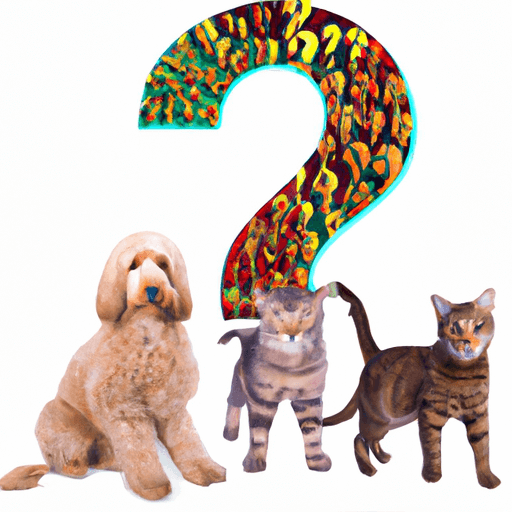The Ethical Implications of Breeding Designer Pets
Designer pets, animals that have been genetically modified or bred for specific aesthetic or behavioral traits, have a rich but controversial history. Gaining significant popularity in the twentieth century, breeding designer pets is a practice that raises important ethical, health, and biodiversity questions.
The History and Rise of Designer Pets
Humans have been selectively breeding animals for millennia, but the concept of designer pets as we know it today came to prominence in the 1980s. Rising demand for unique, visually appealing pets has fueled the industry, leading to a surge in the breeding of animals with specific characteristics - from size and color to temperament and lifespan.
The Science Behind Breeding Designer Pets
At the core of breeding designer pets is the manipulation of genetics. Genetic modification, in vitro fertilization, cloning, and other methods are being used to achieve desired traits. These techniques, while complex, enable breeders to control the genetic makeup of an animal to an astonishing degree.
The Pros and Cons of Breeding Designer Pets
Breeding designer pets can be a contentious issue. On one hand, advocates argue that it provides an opportunity to improve animal health, by breeding out harmful genetic traits. On the other hand, critics contend that it opens up avenues for animal exploitation and disruptive impacts on biodiversity.
Animal Health and Welfare
Designer pets can suffer from severe health issues due to their manipulated genetics. Lack of genetic diversity can lead to genetic disorders and a decreased ability for a species to adapt to environmental changes.
Potential for Exploitation
There are concerns that the designer pet industry can lead to the exploitation of animals, with breeders prioritizing aesthetics over welfare. This concern is particularly prevalent in profit-driven industries.
Impacts on Biodiversity
Genetic manipulations can have unforeseen consequences on biodiversity. Selective breeding can unfavorably skew the population of certain species, disrupting the natural balance.
Expert Opinions, Case Studies, and Recommendations
Many experts have voiced concern on the ethical implications of breeding designer pets. Cases have emerged of animals suffering due to extreme modifications; bulldogs with respiratory issues, or goldfish bred to such an extent that they can no longer swim. Experts recommend stricter regulations and guidelines to ensure the welfare of designer pets is prioritized.
Formulating an Opinion
Breeding designer pets undoubtedly raises many ethical questions. In forming an opinion on this matter, it's crucial to consider the broader ramifications, the welfare of the animals involved, and the potential exploitation and disruption to biodiversity. Ultimately, the moral suitability of this practice is bearing the welfare of animals against human desires for aesthetically pleasing pets.


















Comments
Leave a Comment